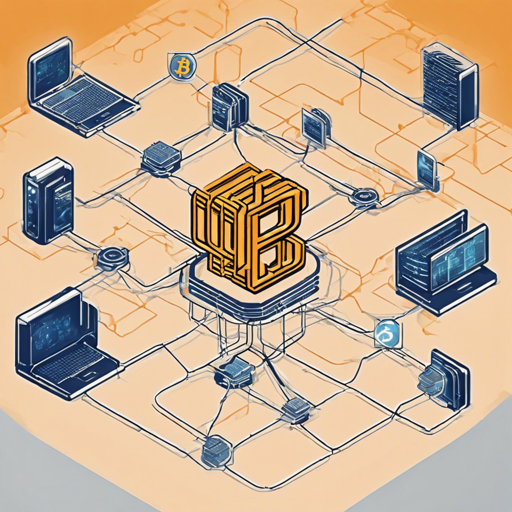Are you ready to dive into the intricate world of Bitcoin’s peer-to-peer network? With the impressive capabilities of Bitnodes, you can estimate the relative size of this network by identifying reachable nodes. In this guide, we’ll walk you through the setup process step by step, ensuring you’re equipped to explore the Bitcoin landscape!
What is Bitnodes?
Bitnodes is a sophisticated tool that helps map the Bitcoin network by finding connected nodes. By sending out getaddr messages, it works systematically to reveal all reachable nodes. Keep in mind that Bitnodes only interacts with nodes running Bitcoin protocol version 70001 or newer.
Setting Up Bitnodes
To set up Bitnodes efficiently, follow these steps:
1. Install pyenv Dependencies
Start by ensuring your system is ready to run Bitnodes by installing necessary dependencies:
sudo apt update
sudo apt install make build-essential libssl-dev zlib1g-dev libbz2-dev libreadline-dev libsqlite3-dev wget curl llvm libncursesw5-dev xz-utils tk-dev libxml2-dev libxmlsec1-dev libffi-dev liblzma-dev2. Install Pyenv
Install Pyenv to manage Python versions seamlessly:
git clone https://github.com/pyenv/pyenv.git ~/.pyenv
cd ~/.pyenv
src/configure
make -C src
echo export PYENV_ROOT=$HOME/.pyenv >> ~/.bashrc
echo command -v pyenv > /dev/null 2>&1 && export PATH=$PYENV_ROOT/bin:$PATH
echo eval $(pyenv init -) >> ~/.bashrc
echo export PYENV_ROOT=$HOME/.pyenv >> ~/.profile
echo command -v pyenv > /dev/null 2>&1 && export PATH=$PYENV_ROOT/bin:$PATH
echo eval $(pyenv init -) >> ~/.profile3. Setup the Project
Next, create a virtual environment and install all required libraries:
source ~/.bashrc
pyenv install 3.11.2
cd
git clone https://github.com/ayeowch/bitnodes.git
cd bitnodes
~/.pyenv/versions/3.11.2/bin/python -m venv venv
source venv/bin/activate
pip install -r requirements.txt
pytestUnderstanding the Process with an Analogy
Think of setting up Bitnodes as planting a virtual tree in a vast forest of Bitcoin nodes. Each seed node you plant is like a tiny sprout, and once it takes root, it sends out branches (getaddr messages) to connect with other nearby trees (nodes). The more branches that spread, the larger your understanding of the forest (Bitcoin network) becomes. Just like a botanist identifying trees, you can observe the vast ecosystem of Bitcoin nodes growing and interacting!
Troubleshooting Tips
If you encounter any issues during the setup or operation, here are a few troubleshooting ideas:
- Ensure that you are using the right Python version. Check your installed version using
python --version. - Be sure that all dependencies were installed correctly—sometimes, certain packages may be missing.
- If you receive errors related to permissions, consider running your terminal commands with
sudo. - Refer to the Provisioning Bitcoin Network Crawler documentation for more setup tips.
For more insights, updates, or to collaborate on AI development projects, stay connected with fxis.ai.
Accessing Data
Once you have Bitnodes up and running, accessing network data and snapshots is straightforward. Check out the API for retrieving valuable insights collected through this project.
At fxis.ai, we believe that such advancements are crucial for the future of AI, as they enable more comprehensive and effective solutions. Our team is continually exploring new methodologies to push the envelope in artificial intelligence, ensuring that our clients benefit from the latest technological innovations.
Conclusion
By following this guide, you are well on your way to exploring the vastness of the Bitcoin network using Bitnodes. Embrace the challenge, and happy coding!

